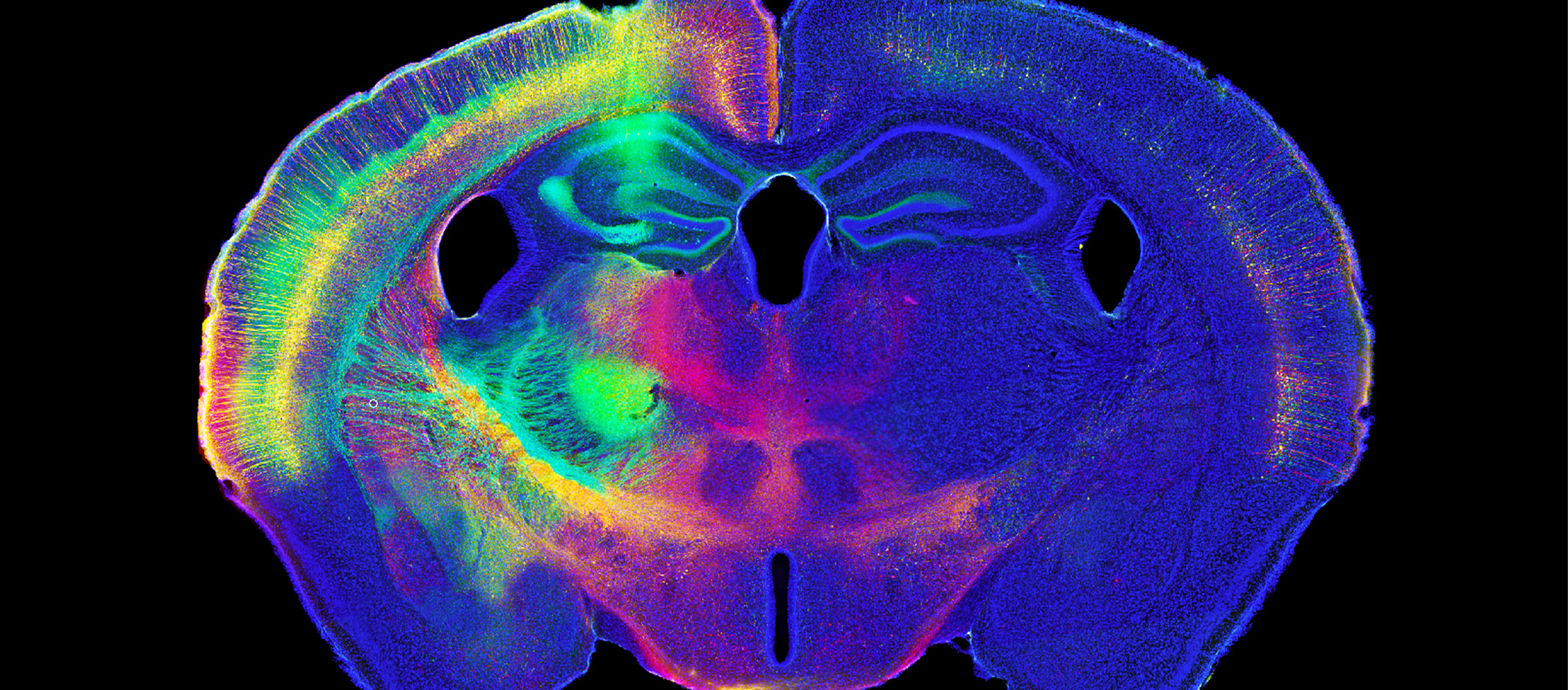For Immediate Release Williston, VT (February 11th, 2021)—MicroDynamix™software version 2021 is now available. This state-of-the-art dendritic-spine analysis application enables users to visualize and quantify spine morphology over time using powerful algorithms and detection methods. Developed with input and support from the National Institute of Mental Health (NIMH), the new version of MicroDynamix software makes it easier than ever for neuroscientists to obtain accurate 4D dynamic analyses...
Read MoreSoftware Applications For Quantitive Analysis
For Immediate Release Williston, VT (December 10, 2020) —NeuroInfo®is the most advanced software for mapping brain sections, 3D volumes and cell populations into a standardized atlas reference space. Optimized to enable researchers to work far more efficiently, the new NeuroInfo update means faster, more efficient measurements and mapping workflows. The new version of NeuroInfo includes: Identification and delineation of brain regions in experimental mouse-brain sections Automatic cell detection using deep learning to recognize and count specific neuronal subtypes Performance optimizations that...
Read MoreScientists at Western Sydney University used Stereo Investigator and Neurolucida 360 to quantify cells in a mouse model of neuroinflammation after feeding mice two different curcumin formulations. Some inflammation is normal in a healthy mammalian brain. But as the brain ages, processes can break down, leading to chronic neuroinflammation. This can develop into Alzheimer’s disease, dementia, and other neurodegenerative diseases. Scientists at Prof. Gerald Muench’s lab, at...
Read MoreMBF Bioscience was just awarded a patent by the USPTO for our new brain mapping technology! This novel technology is now available in our BrainMaker and NeuroInfo software to map image data and all associated measurements into a common coordinate system so that data can be compared across animals, cohorts, and laboratories. Learn more about NeuroInfo at https://www.mbfbioscience.com/neuroinfo ...
Read MoreResearchers Quantify Improvement in Heart Vasculature with Vesselucida 360 and Vesselucida Explorer Cells need oxygen to survive, but during a heart attack, blood flow is restricted and cardiac cells can’t get the oxygen they need to stay alive. A new therapy, developed by researchers at the Coulombe Lab at Brown University may be able to provide the heart with the support it needs to recover after...
Read MoreAn interdisciplinary team of researchers, including MBF Bioscience’s Dr. Susan Tappan and Maci Heal, have created a fully reconstructed, virtual 3D heart, digitally showcasing the heart's unique network of neurons for the first time. The investigators in this study--appearing May 26 in the journal iScience--created a comprehensive map of the intrinsic cardiac nervous system at a cellular scale using MBF Bioscience’s Tissue Mapper and TissueMaker software....
Read MoreNeurolucida 360 Used to Analyze Dendrites and Dendritic Spines Amyloid plaques and tau tangles are the hallmarks of Alzheimer’s disease (AD) pathology, but synapse loss is what causes cognitive decline, scientists say. In a paper published in Science Signaling, researchers at the Herskowitz Lab, at the University of Alabama at Birmingham, used Neurolucida 360 to analyze spine density and dendritic length in hAPP mice — a...
Read MoreNew Software Application Quantifies Changes in Dendritic Spine Morphology Over Time Williston, VT — December 10, 2019 — The ability to track the changes that occur in dendritic spine morphology over time is critical to many scientific studies, which is why MBF Bioscience is pleased to announce the launch of MicroDynamix. This powerful new software application helps neuroscientists acquire more information about morphological changes in the...
Read MoreScientists use NeuroInfo to help navigate the brain and compare findings across labs Reproducibility has always been a primary goal in science. But the human effort involved in replicating a research study and analyzing the results, can be considerable. NeuroInfo®is a revolutionary new tool that scientists are using to register whole slide images into a standardized mouse brain atlas in an easy, automated way. Images...
Read MoreIt is not uncommon for war veterans returning home from war-zones like Iraq and Afghanistan to suffer from blast-induced traumatic brain injuries (TBI). In these situations, the most common types of blasts are lower level blasts, the kind that produce mild TBIs (mTBI). Though the effects of a mTBI aren’t visible from the outside, scientists say the blood vessels inside the brain are deeply altered. In...
Read More











